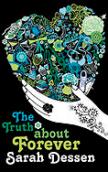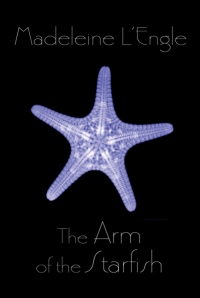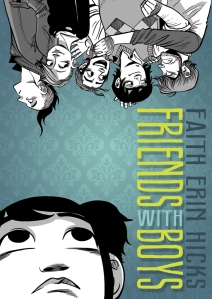 “It’s all in the view. That’s what I mean about forever, too. For any one of us our forever could end in an hour, or a hundred years from now. You never know for sure, so you’d better make every second count.”
“It’s all in the view. That’s what I mean about forever, too. For any one of us our forever could end in an hour, or a hundred years from now. You never know for sure, so you’d better make every second count.”
After her father dies, Macy hopes to work at a library or more importantly, the library information desk where she can waste the summer away as she waits for her boyfriend to come home from some geeky camp. Instead, Macy finds herself working for a catering business, or more specifically, Wish Catering, where she finds a random group of friends, but more importantly, she finds Wes. He’s kinda weird and doesn’t really fit in with her lifestyle, but she’s comfortable enough with him to talk about her father’s death and finally face the grief that was threatening to overwhelm her. In her novel, Dessen tackles such issues as denial, grief, comfort, sadness, and love as the reader engages with the story and watches as Macy fills her life with happiness again.
The book, while being quick paced and having some likable and wacky characters, seemed a bit unrealistic and cliché to me. This book will probably be enjoyed by young adults, but adults (especially adults that have experienced grief) will have a hard time relating to the issues Macy is faced with. Macy’s attitude that she needs to be perfect in order to be liked is an overdone cliché and a bit immature for older readers. The characters, while somewhat likeable, are a bit flat and sometimes annoying. After all that, I would only recommend this book to young adults and wouldn’t recommend it to those 20+.






